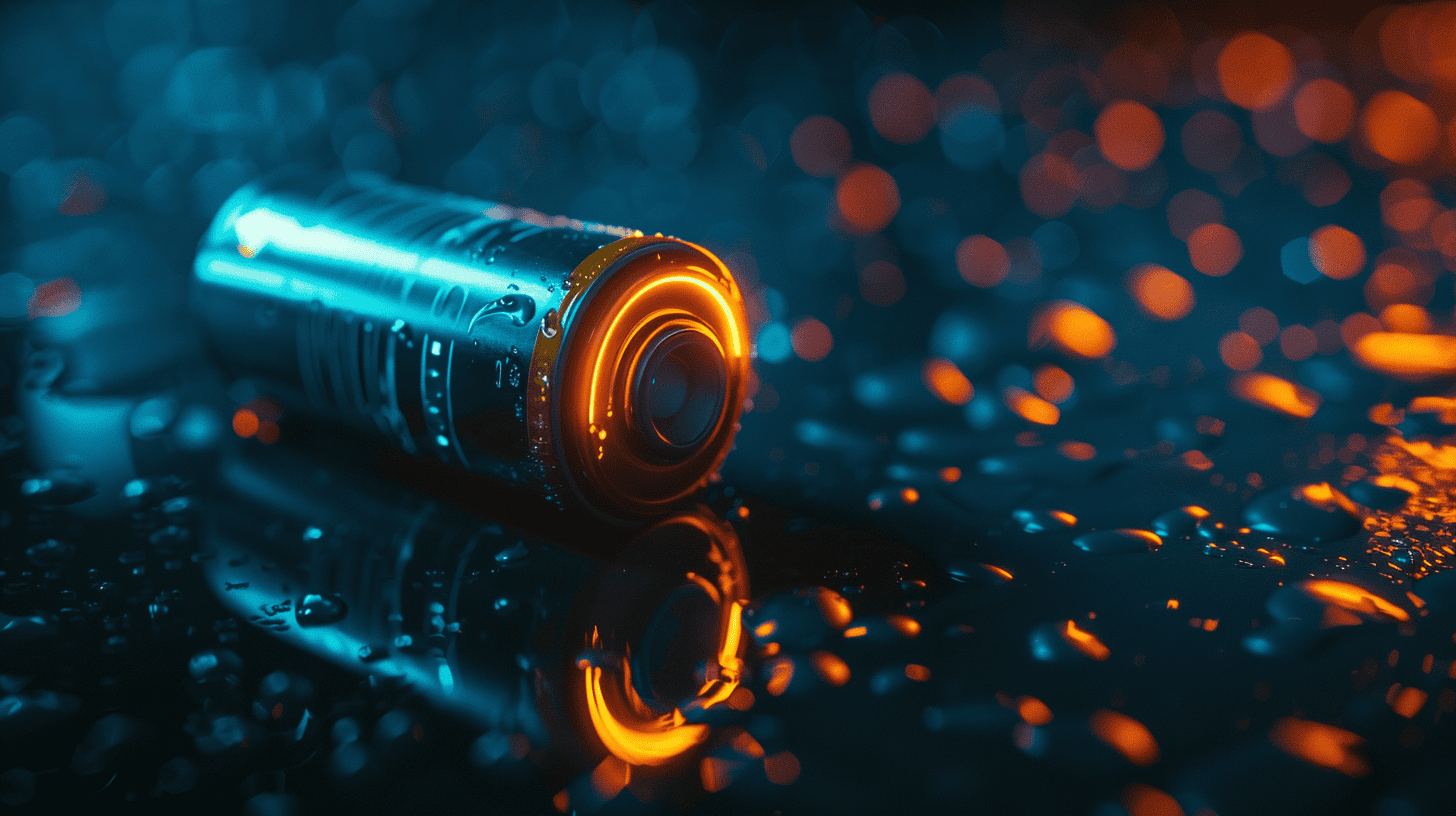
Organic light-emitting diodes (OLEDs) could be compared to leds en lasers. But they are energy-efficient and flexible. However, it is still difficult to produce these lights. They have lacked luminance and stability so far. Researchers from Karlsruhe Institute of Technology (KIT) and Shanghai University have now developed a new strategy for the production of efficient deep-blue OLEDs: Electronic excitation of a specially developed new molecule, says KIT in a press release.
- Researchers from Karlsruhe Institute of Technology (KIT) and Shanghai University have developed a new strategy for producing deep-blue organic light.
- The strategy involves using a specially developed molecule called CzSiTrz, which emits light in two different ways: through intramolecular charge transfer and intermolecular exciplex luminescence.
- This new approach aims to overcome the challenges of achieving high efficiency, brightness, and stability in deep-blue organic light-emitting diodes (OLEDs).
Organic light-emitting diodes are used in smart phones, tablets, and large TV screens. As they do not need any additional background illumination, they are energy-efficient. They can be produced at low costs by thin-film technology and also work on flexible carrier materials, thus enabling bendable displays and variable room illumination solutions.
An OLED consists of two electrodes, of which at least one is transparent. Thin layers of organic semiconducting materials are located between them. Their light results from electroluminescence. When applying an electrical field, electrons from the cathode and holes (positive charges) from the anode are injected into the organic materials that act as emitters. There, electrons and holes meet and form electron-hole pairs. When these pairs collapse into their initial state again, they release energy that is used by the organic materials to emit light. All colors can be obtained by mixing blue, green, and red.

Why Blue Is Difficult
So far, only phosphorescent OLEDs in red and green have been available for commercial applications. Blue light can be produced by fluorescent OLEDs for a short time only. Blue OLEDs have difficulties to combine a high efficiency with a high luminescence and a long service life. Blue pixels are fainter or faint more quickly than green and red pixels. In cooperation with researchers from Shanghai University, researchers from KIT’s Institute of Organic Chemistry (IOC) and Institute of Biology and Chemical Systems – Functional Molecular Systems (IBCS-FMS) have now developed a new strategy for the production of highly efficient and stable deep-blue organic light-emitting diodes.
The researchers made a new molecule called CzSiTrz by combining carbazole and triazine fragments with a silicon atom. When these molecules group together to form small particles, they produce light in two different ways. One way is when the electrons inside the molecule transfer charges, and the other way is when the particles interact with each other to emit light. This special kind of light emission is called dual-channel intra-/intermolecular exciplex emission.
An exciplex is a special type of excited molecule. Its light emission is different from regular excited molecules. The researchers used a strategy with exciplexes to create a deep-blue light that can be used for electroluminescence. This is possible because they can adjust the energy levels of the carbazole fragments (which donate electrons) and the triazine fragments (which accept electrons) separately from each other.








